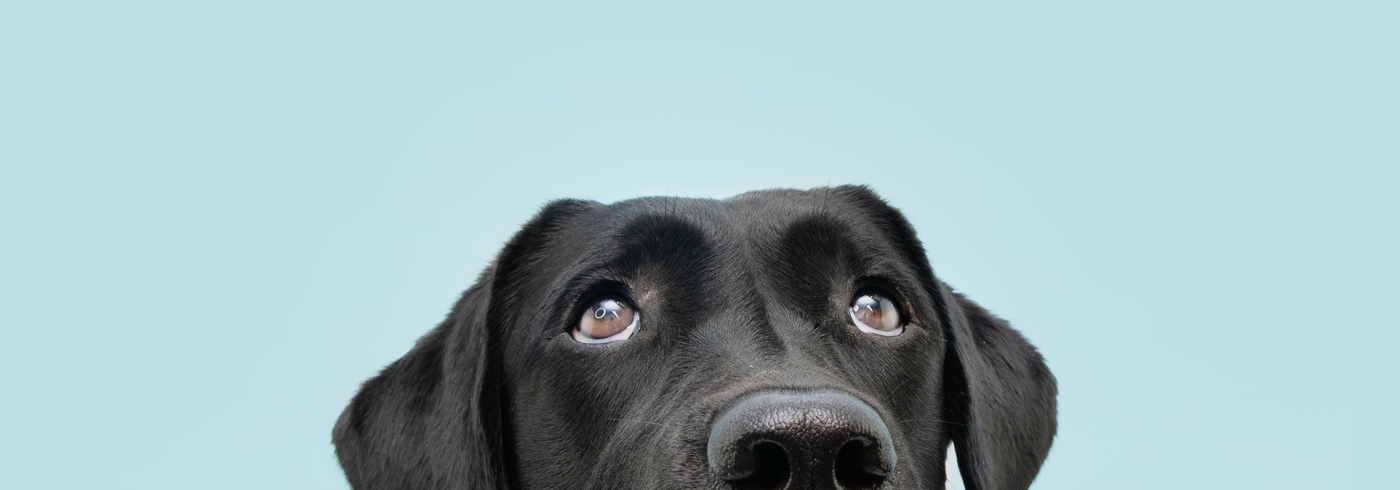
Dog Body Language: Understanding Your Dog
Rest assured, while dogs can’t speak, they can certainly communicate with us in other ways. Read on to learn how dogs use their body language to talk to us.
There is a lot to unpack when it comes to dog language and how our canine companions communicate with us and other animals.
Finn has put together a useful guide on all things dog body language. Read on to learn how to decipher your dog’s body language and behavior, and how to strengthen the bond between you and your doggo.
What Is Dog Body Language?
Dog body language refers to the various methods canines use to communicate with humans and other animals. Whether it’s with certain body parts like their eyes, ears, and teeth, or by using their voices, dogs have a distinct way of “talking.”
Open and smiley mouths, loose-wagging tails, squinty eyes, and the direction in which your dog is leaning their body are all components of communication.
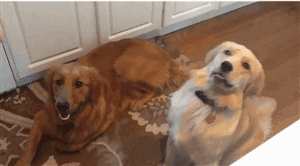
You might be wondering why it’s important for us, as pet parents, to understand dog body language. Having a strong grasp on what your dog is trying to tell you will prevent you from putting them in an uncomfortable or dangerous situation. For instance, it’s important to know the signs of when your dog is feeling afraid around another dog or even a small child.
In addition, having a deep understanding of your dog and their needs will not only give them a wonderful life experience but will keep the bond between you and your pet wonderfully strong.
Is your pup putting off a defensive stance, or are they excited to do a little roughhousing?
Breaking Down Dog Body Language
Let’s break down how our dogs communicate with us through their body posture and movements.
Ears
There are a few ways that your dog will communicate with their ears. Observe the base of the ears. Are they pulled back? Relaxed? Neutral?
When your dog is relaxed and not aroused, their ears will look fairly relaxed, in a neutral position that doesn’t show much (if any) muscle tension. This is a sign that your dog is comfortable, content, and ready to make a friend.
When they are alert or startled, you’ll notice their ears perk forward. If your dog’s ears are all the way pushed forward, their foreheads will usually wrinkle, which means they are on high alert. This is usually a sign of discomfort and your pup’s desire for space. Whether it’s something environmental, another dog, or another human, your dog is on edge and might need to be distanced from whatever situation they are currently in.
Ears that are completely tilted back and almost pushed down against the head usually indicate that your dog is afraid and heading towards a submissive state. Be aware that dogs in this position can become aggressive, so pay close attention to any additional indicators. We want to prevent your dog from biting another dog or, worse, a human being.
Interestingly enough, in some dogs, ears pushed all the way back can also be a sign of affection and happiness — for example, when you get home from the day and you see those little spitz ears push back and downward paired with a wagging tail and some excited barking, you generally don’t have to worry that your doggo is afraid.
Tail
Canine tails are communicative signals — you can usually use the tail as an indicator of a dog’s attitude toward something.
A wagging tail is typically a sign that a dog is happy, comfortable, and usually, excited. If your dog sees someone coming and they’re barking with their tail wagging, it’s a good sign your dog is excited rather than afraid or defensive.
If your dog is barking at someone with their tail tucked between their legs or pointed/stiff, make sure you have a good grasp on their leash because that tail is showing signs of stress, fear, and defensiveness.
When looking to the tail for a signal, you should also look at the overall stance and shoulder positioning of the dog. Is your pup fairly relaxed, or are they pushing their chest out and taking a more bracing, squared stance? If they look like they’re preparing their body to lunge forward, a wagging tail could be excitement to engage rather than a sign of happy excitement, which is common in defensive breeds such as German shepherds and mastiffs.
Eyes
What are those cute puppy eyes telling you? There are a few ways that dogs will communicate with their eyes.
Look out for the white portion of their eyeball, also known as the sclera. If it’s visible, that could be a sign of fear or tension. If this is the case, you’ll notice their eyes become rounder. This is sometimes referred to as “whale eye” (you can also think of it as side-eye, or the eyes emoji).
With the visible sclera and the whale eyes, you’ll notice a lowered head, crouching just enough to indicate passive submission.
If the dog is starting to snarl and show their teeth, this side-eye can mean the opposite, too, and they’re about to snap at whatever they’re looking t.
If your dog gives soft, direct eye contact, you’re in the clear. That’s a signal that your pet is feeling safe. A hard stare tells you the opposite. Maybe your dog is alert, excited, or feeling aggressive.
Dilated pupils are also a sign of alarm, fear, or excitement. You’ll notice dilation when you play with your dog or when you arrive home after being gone all day.
Mouths
Ever see a dog smile and think, “Aw! That is just the cutest thing!”
Understand that seeing your pup’s teeth is not synonymous with contentment. In fact, seeing their teeth is probably the most confusing facial expression in canine body language.
When dogs bare their teeth, with their snouts curled up snarling, it’s a warning sign. You’ll also usually hear a low growl. They are pissed off about something, and you need to not go anywhere near their mouth right now.
Happy smiles do exist, though, especially as your pup opens their mouth to pant. You may even see a little closed-mouth smile when your dog is feeling extra comfy and relaxed. These expressions are often found on a happy dog with a loose posture.
Fur
Have you ever heard of raised hackles? Yes! It’s a thing. When you see the fur on the back of your dog stand up, that’s their hackles being raised. When this happens, your dog is on high alert. You may notice raised hackles when your dog approaches another dog, or any animal for that matter. It’s typically a fear response or to show dominance over another pup.
Do Dogs Give Verbal Cues?
They do. More often, though, dogs rely on nonverbal body language. However, barking, whining, and yawning are all verbal methods of communication from your pup. Let’s break down how our dogs attempt to communicate with us using their voices.
Barking
When you’re singing in the shower, the pitch doesn't matter. When it comes to your dog’s bark, pitch speaks volumes. High-pitched barks are usually welcoming, while deep-pitched barks are meant to be intimidating.
Pay attention to your dog’s body language while they are barking. Are their hackles raised? Are they bowing in play? Do they want to eat? Play? Come inside?
A bark accompanied by a wagging tail is a sign that your dog is relaxed and excited, while a bark paired with a crouched body frame and a tucked tail is usually an indication that your dog is uncomfortable or defensive.
Whining
Whining is a common way for dogs to communicate, especially when they are young. Puppies will typically whine when they need something, like a bite to eat or to go potty. They may also whine when they are scared or experiencing separation anxiety.
Consider Finn’s Calming Aid if you’re crate training your pup and they have a hard time leaving your side (we recommend waiting until they’re six months or older to start giving any supplements, so hang in there until then!).
There’s also a chance that your dog is in pain. Maybe they have a splinter or a burr stuck to their foot. Maybe their stomach hurt. If your dog is whining and you can’t figure out why, check for ticks and other things that might be causing your dog pain, or give your vet a call and let them know what’s going on.
Growling
There are many types of dog growls. They growl out of fear, anger, aggression, possession, and pain. Some dogs even growl to play, but more on that shortly. Usually, it’s a way to forewarn their people or other dogs that something is riling them up, and not in a good way.
When your dog growls, pay close attention to other body language they may be exhibiting. That square, pre-lunge position we mentioned earlier can show they’re getting ready to attack.
That said, growling is not always negative. Dogs happily growl as well. Spitz dogs especially are very vocal and may growl to antagonize their parents to get them to play. It’s usually a lower, softer rumbling growl that indicates they’re engaged with you or another dog in play.
How To Respond to Your Dog
Want to get a better handle on how your dog is trying to communicate with you? Canine communication starts with trust. Teach your dog basic commands. If you like that they bark when they need something, reinforce it with a treat. If you prefer they sit to signal they want something, reinforce that. They won’t know how to communicate with you if you don’t actively give them feedback about what you want.
Create a routine that works for both of you and the rest of your household members. Your dog will appreciate the consistency and the structure. Pet with purpose, engage in playtime, and learn how to trust each other.
Conclusion: Understanding Human’s Best Friend
We’ve covered some of the key components of canine body language and how to decipher it. Are they talking through their body movement, posture, eyes, ears, fur, and tail? Or are they communicating with verbal cues like barking, growling, or whining? Maybe all of the above?
To get a sense of what your dog is trying to tell you, spend as much time as you can observing your dog and their body posture, and make sure you do your due diligence by giving them feedback and communicating back with them.
Sources:
Understanding Dog Body Language: Decipher Dogs' Signs & Signals | American Kennel Club
What's your dog's body language saying? | Animal Humane Society
Canine Communication: Deciphering What Different Dog Sounds Mean | American Kennel Club



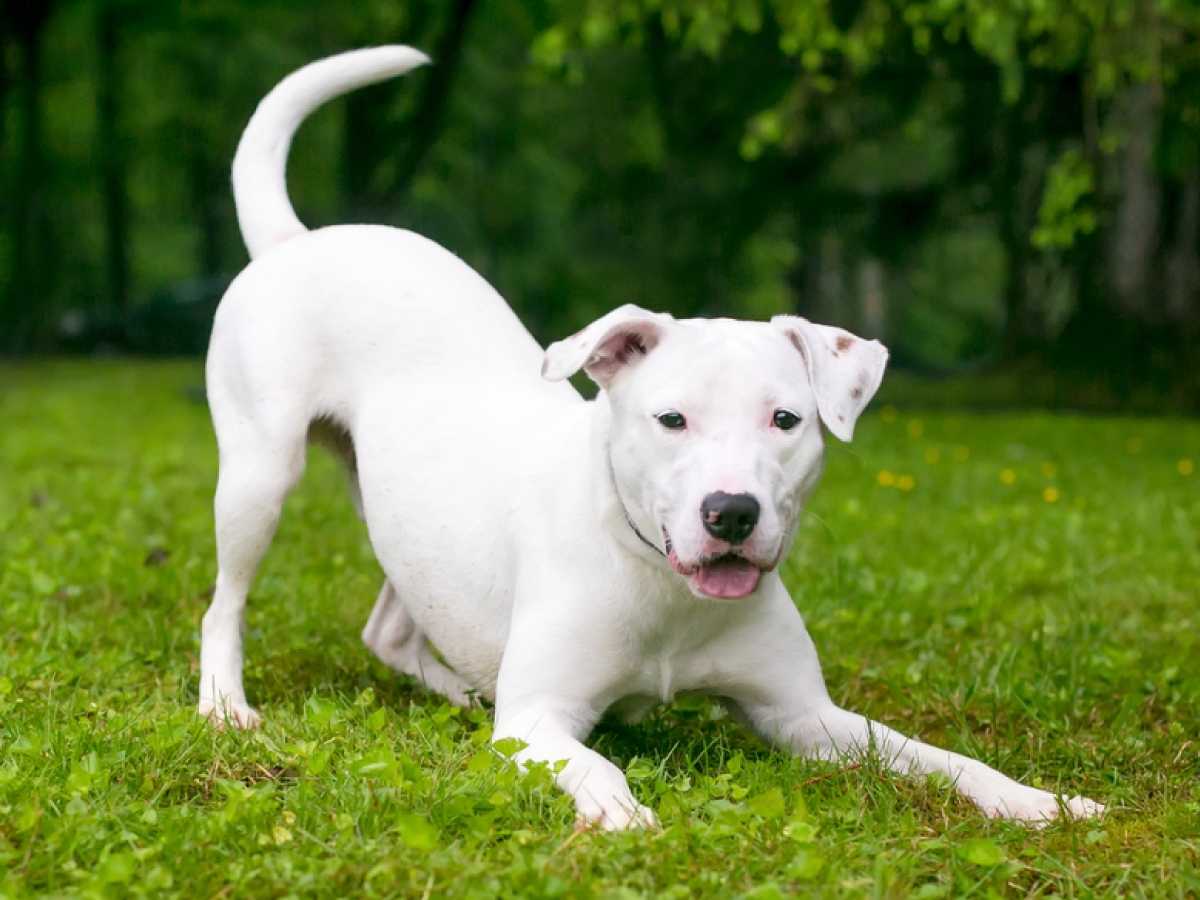



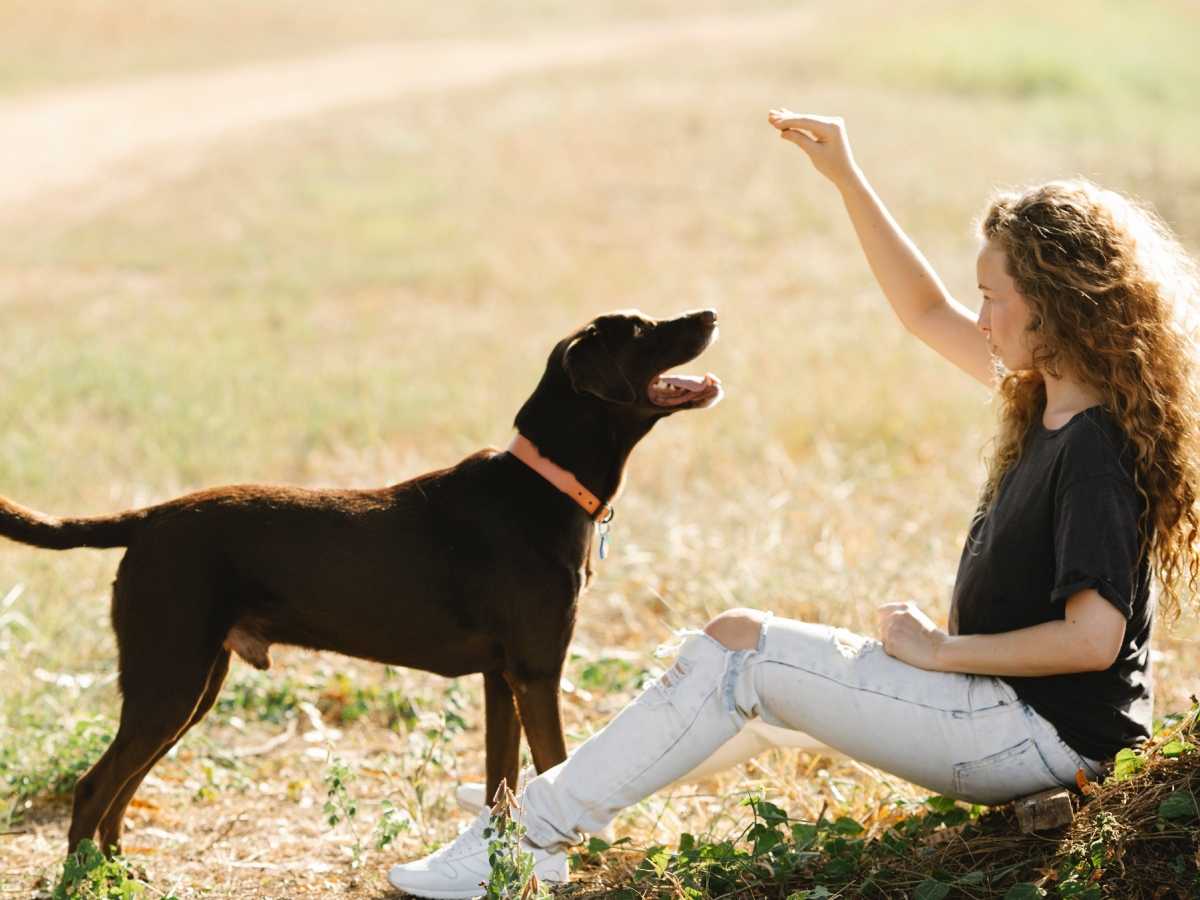
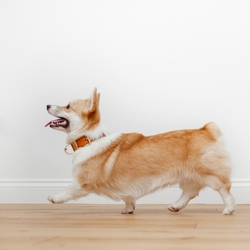


Comments: